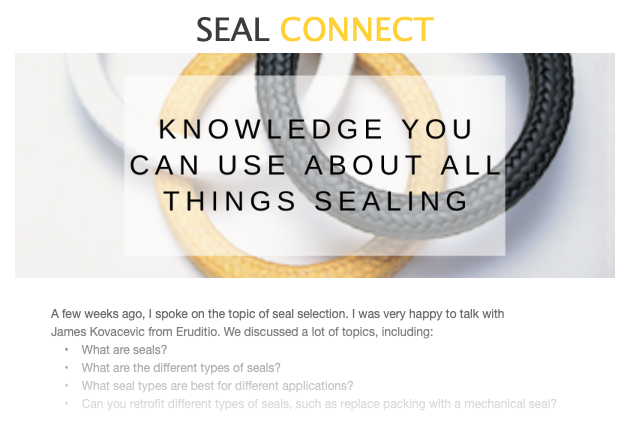How to Achieve Reliable Lubrication in 4 Steps
Reliability doesn’t just happen overnight or by happenstance. It takes dedication and consistency to create a reliable work environment. Proper and effective lubrication best practices are essential to ensure optimal reliability in your plant or manufacturing facility.
But how does one achieve and maintain this level of reliability with lubricants and lubrication strategies?
4 Steps to Lubrication Reliability
According to an article in Processing magazine, planning for a plantwide lubrication system is a great way to embark on the reliability journey if reliable operation is what a plant team strives for.
This article outlined four critical steps to achieving reliable lubrication:
- Choose the ideal lubricant and ensure that it gets to the right machine.
- Make sure that accurate storage and handling processes are followed.
- Use the correct amount of lubricant.
- Add and change lubricants at the right time.
But more can be done to achieve lubrication reliability in a machine.

The Importance of Oil Seals and Oil Analysis
Oil life can be long if contamination is eliminated. The problems caused by contaminant ingress include:
- 82 percent of rotating failures are caused by particles in the oil.
- Foreign particulates create wear particles that generate more wear and more wear particles; essentially a vicious cycle.
- Even with just 0.1 percent of water contamination, lubricants may lose 75 percent of their life.
- 63 percent of bearing failure is lubrication-related.
According to the Processing article, oil most often becomes contaminated — even if the lubricants enter the machine clean and fit for use, and even if the operating environment is in the same condition — because of underlying issues with the oil seals, breathers, filters, or some combination of these components.

Oil seals are vital to ensuring overall system reliability because their function is to keep lubricants in and contamination out. While oil leakage can be seen and measured, discovering the root cause of contamination may be difficult.
Some compound labyrinth seals, also known as bearing isolators, can eliminate contaminant ingress.
Oil analysis is key for lubrication reliability because it reveals how well the seal operates and can help determine functional failure rates.
“Understanding these failure rates helps teams determine the right time to change the oil,” the article said. “If the oil seals allow many contaminants in and lubricant changes are occurring more frequently, a new oil seal may need to be considered, particularly if simple lip seals are the assets only line of defense.”
Case Study Example with a Paper Goods Manufacturer
According to the article, an East Coast paper manufacturer had an issue with leaking gearboxes and recently replaced its oil seals. The facility punched out two million paper plates per day. Downtime costs the plant in production losses and money.
- The Problem: “The reliability team had recently replaced the clear, lower quality lubricant used in its gearboxes with a high-quality synthetic lubricant that was not clear. The oil seals — rubber, spring-loaded lip seals — on the gearboxes leaked this lubricant out of the stuffing box, causing a housekeeping nightmare.”
- The Solution: “The facility’s reliability engineer chose a noncontact, labyrinth bearing isolator specifically designed for gearboxes. With noncontact, compound labyrinth bearing isolators, oil changes because of contamination may be minimized and, in some cases, eliminated. The design, with expeller technology, forces contaminants out of the seal with centrifugal force. They are moved away from the bearing and lubricant and out of the gearbox.”
Read the full article on ProcessingMagazine.com to learn the correct steps for lubricant protection and find out how a bearing isolator helped a large paper plate plant mitigate gearbox problems.
 SEAL CONNECT
SEAL CONNECT Find Your Sealing Solution
Find Your Sealing Solution